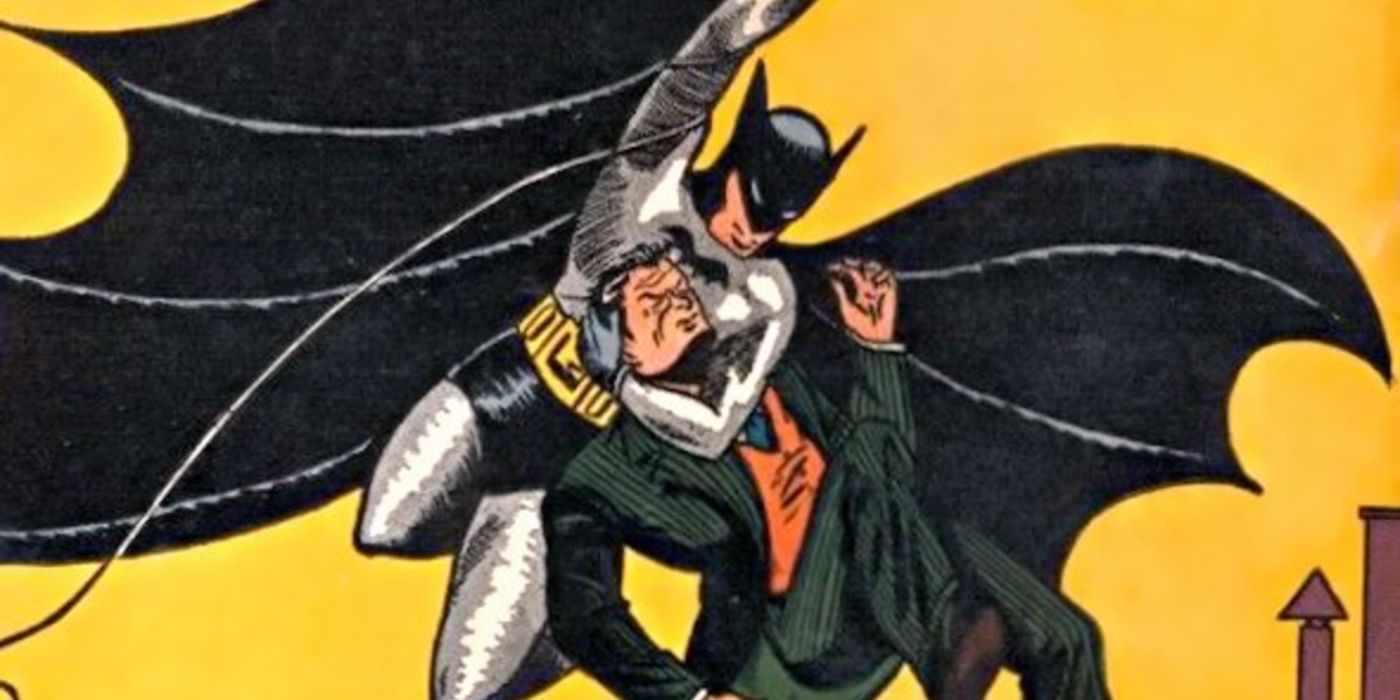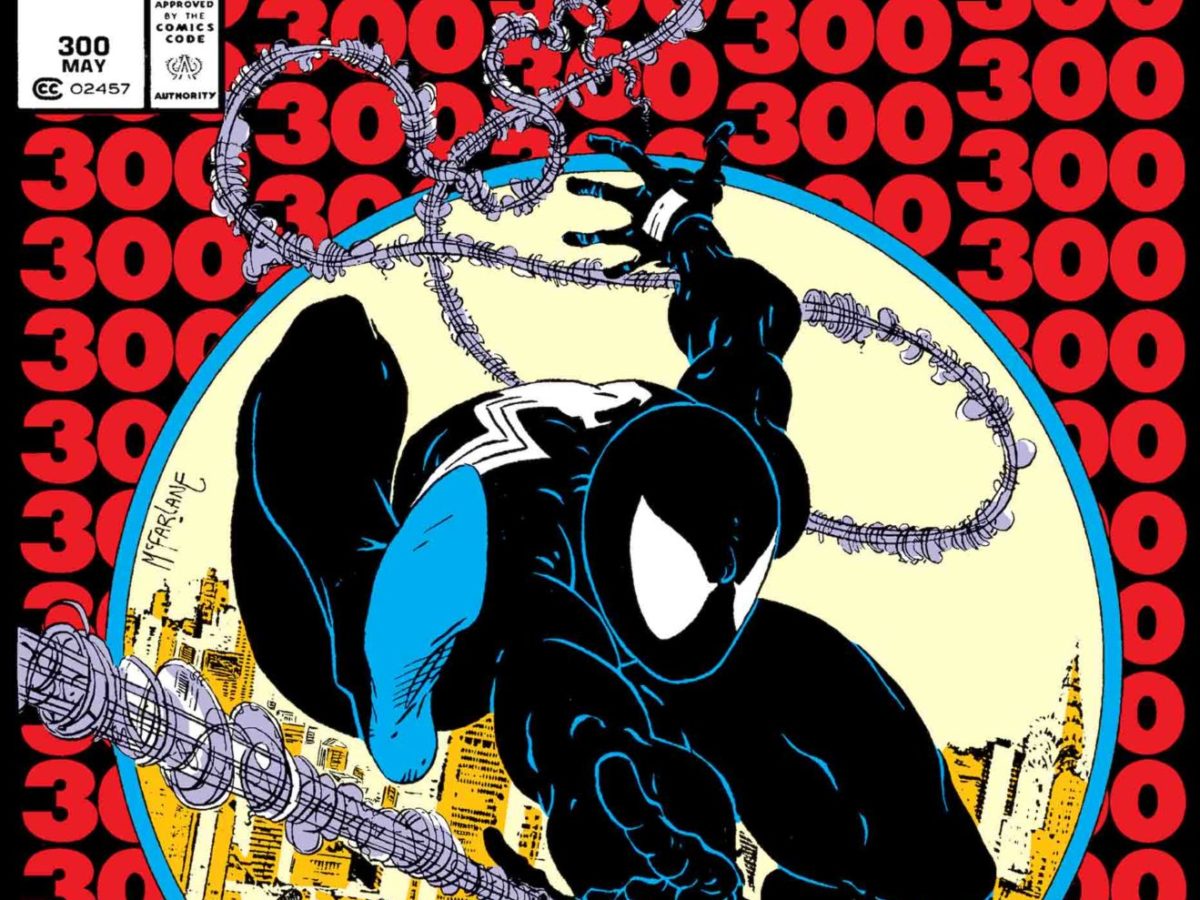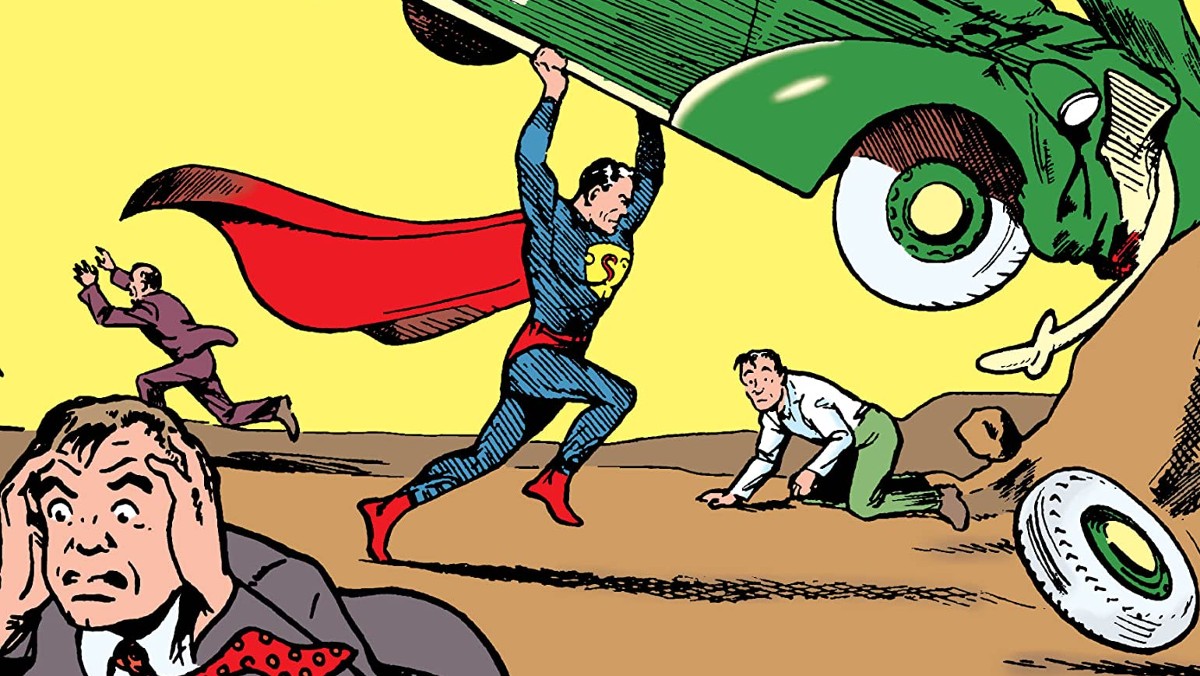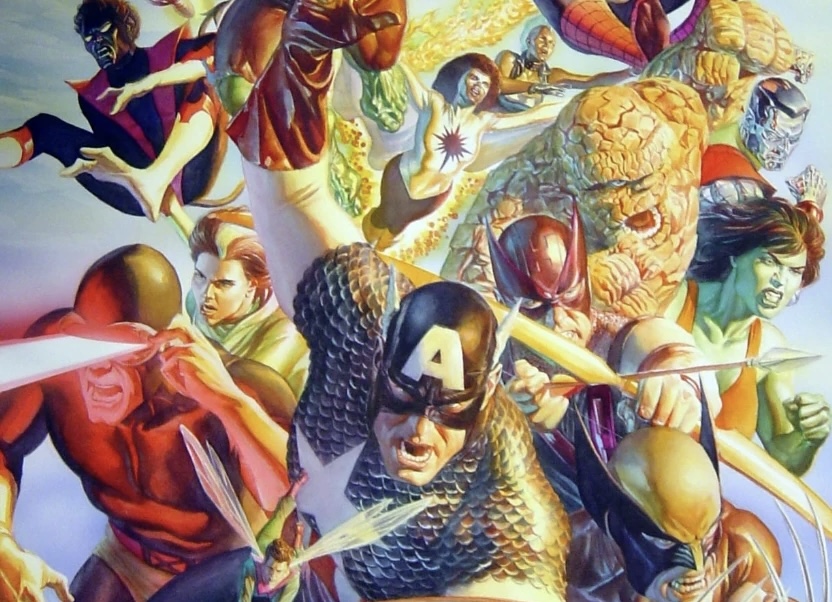Investing in comic books has long been a subject of interest among collectors and investors alike. While comics were once regarded as mere entertainment for children and teenagers, they have evolved into a valuable commodity with significant investment potential. This article explores whether comics are a good investment, examining the average worth of Golden Age, Silver Age, and Copper Age comics, the impact of COVID-19 on the market, and how entertainment trends have influenced the value of first appearances.
The value of comic books can vary widely based on several factors, including age, rarity, condition, and significance within the comic book universe. Let’s break down the worth of comics from different eras.

Golden Age Comics (1938-1956)
The Golden Age of comics is renowned for introducing iconic characters such as Superman, Batman, and Wonder Woman. Comics from this era are highly sought after due to their historical significance and rarity.
– Average Worth: Golden Age comics in pristine condition can fetch astronomical prices. For example, Action Comics #1, the first appearance of Superman, sold for over $3.2 million in a private sale. More common Golden Age comics can range from a few hundred to several thousand dollars, depending on condition and rarity.
– Notable Sales: Detective Comics #27 (first appearance of Batman) sold for $1.5 million, while Marvel Comics #1 fetched $1.26 million at auction.

Silver Age Comics (1956-1970)
The Silver Age saw the resurgence of superheroes and the introduction of characters like Spider-Man, the X-Men, and the Fantastic Four. Comics from this era are also valuable, particularly those featuring first appearances or significant story arcs.
– Average Worth: Silver Age comics can also command high prices, especially key issues. Amazing Fantasy #15 (first appearance of Spider-Man) sold for $1.1 million. Generally, Silver Age comics in good condition can range from $100 to several thousand dollars.
– Notable Sales: Fantastic Four #1 and X-Men #1 have both sold for over $250,000.

Copper Age Comics (1984-1991)
The Copper Age brought a darker and more mature tone to comics, with notable storylines and the introduction of anti-heroes. This era includes significant first appearances that have grown in value over time.
– Average Worth: Copper Age comics are generally more affordable but have seen increasing value, especially for key issues. For example, The Amazing Spider-Man #300 (first full appearance of Venom) can sell for well over $4,000 in near-mint condition.
– Notable Sales: The first appearance of Deadpool in The New Mutants #98 has sold for around $3,000 in near-mint condition.

Impact of COVID-19 on the Comic Book Market
The COVID-19 pandemic had a profound impact on the comic book market, both positive and negative. On one hand, the closure of comic book shops and disruptions in distribution channels created challenges for collectors and retailers. On the other hand, the increased time at home led many people to rediscover their love for comics, boosting demand and prices for certain issues.
During the pandemic, there was a notable surge in demand for collectibles, including comic books. Online sales platforms like eBay and auction houses reported increased activity as people sought to invest in tangible assets. The nostalgia factor played a significant role, with many collectors seeking to complete their collections or acquire key issues they had always wanted.
The prices of key comic book issues saw a substantial increase during the pandemic. First appearances and significant story arcs became particularly valuable. For example, the first appearance of Miles Morales in Ultimate Fallout #4 saw its value skyrocket, with some copies selling for over $3,000 in a 9.8 grade.

Entertainment Trends and the Value of First Appearances
The influence of movies, TV shows, and streaming services cannot be overstated when it comes to the value of comic books. The Marvel Cinematic Universe (MCU), DC Extended Universe (DCEU), and other comic book adaptations have significantly impacted the market.
The MCU has had a tremendous effect on the value of comics, particularly those featuring characters who make their on-screen debut. For instance, the first appearance of the Black Panther in Fantastic Four #52 saw a sharp increase in value following the release of the “Black Panther” movie. Similarly, the first appearance of the Guardians of the Galaxy in Marvel Super-Heroes #18 rose in value after the success of their film.
Streaming services like Disney+ and HBO Max have further fueled the comic book market. Shows such as “WandaVision,” “The Mandalorian,” and “The Boys” have highlighted lesser-known characters, leading to spikes in the value of their first appearances. For example, the first appearance of Kate Bishop as Hawkeye in Young Avengers #1 increased in value after the announcement of the “Hawkeye” series on Disney+.

Condition and Grading
The condition of a comic book is paramount in determining its value. Professional grading services like CGC (Certified Guaranty Company) and CBCS (Comic Book Certification Service) assess and grade comics on a scale from 1.0 to 10.0. Higher grades correspond to higher values, and even minor imperfections can significantly impact a comic’s worth.
Rarity and demand are crucial factors in a comic’s value. Limited print runs, variant covers, and special editions can all contribute to a comic’s rarity. Additionally, the popularity of certain characters or storylines can drive demand and, consequently, prices.
Staying informed about market trends is essential for comic book investors. Prices can fluctuate based on various factors, including movie and TV show announcements, character popularity, and broader economic conditions. Joining collector forums, attending comic conventions, and following industry news can help investors stay ahead of the curve.
Investors should also consider whether they are looking for long-term or short-term gains. While some comics can appreciate rapidly due to media exposure, others may require years to reach their full investment potential. Diversifying a comic book portfolio with a mix of key issues, first appearances, and rare editions can help balance risk and reward.

Comic books can indeed be a good investment, but like any investment, they come with risks and require careful consideration. The average worth of comics from different eras demonstrates that significant returns are possible, especially for Golden Age and Silver Age key issues. The impact of COVID-19 and entertainment trends has further driven demand and prices for certain comics, particularly those featuring first appearances.
However, investing in comics is not without its challenges. The condition and grading of comics play a crucial role in their value, and staying informed about market trends is essential. Additionally, investors must balance their portfolios and consider both long-term and short-term strategies to maximize their returns.
Ultimately, for those with a passion for comic books and a keen eye for valuable issues, the world of comic book investing can be both enjoyable and profitable. Whether you’re a seasoned collector or a newcomer to the hobby, the thrill of discovering a hidden gem or watching the value of a key issue soar is an experience like no other.




